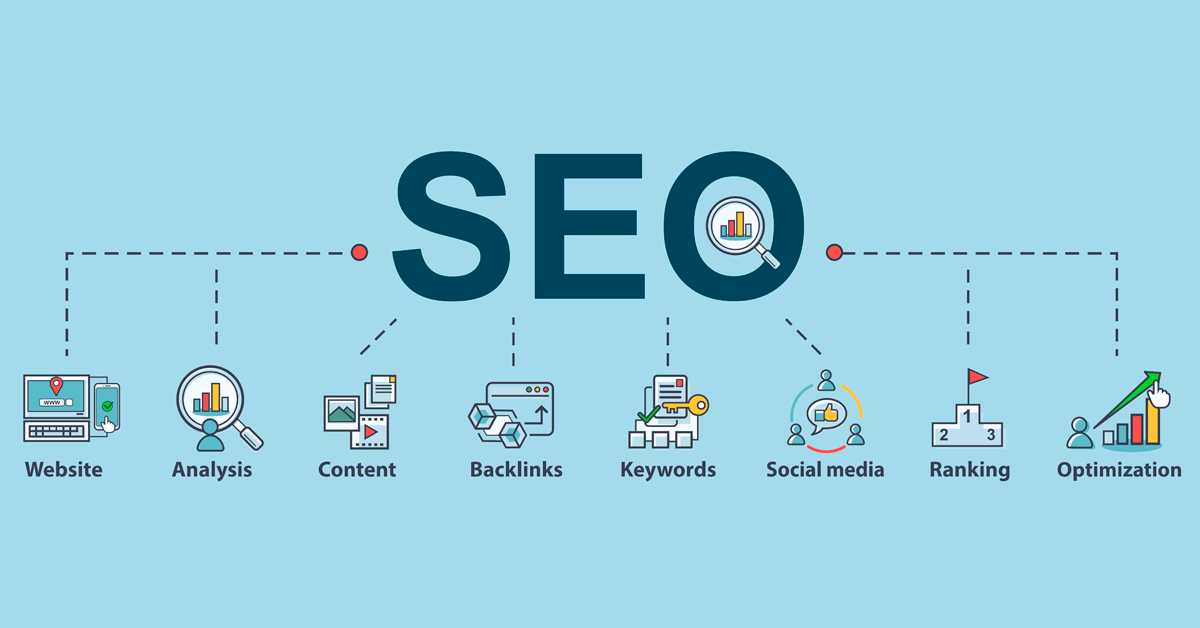Search engine optimization (SEO) is an essential aspect of any online business or website. In today's digital age, having an online presence is essential for businesses to succeed, and SEO plays a significant role in this success. SEO-friendly websites are those that are designed and optimized to rank higher in search engine results pages (SERPs) for relevant search queries. In this article, we will explore the importance of SEO-friendly websites and some tips for making your website more SEO-friendly.
Why is SEO-Friendly Important?
SEO-friendly websites are crucial for businesses that want to increase their online visibility and drive traffic to their websites. When a website is optimized for search engines, it is more likely to appear on the first page of search results, which increases the chances of attracting visitors to the website. This can result in more leads, conversions, and sales for the business.
Moreover, SEO-friendly websites are essential for improving user experience (UX). A website that is well-structured, easy to navigate, and has relevant content is more likely to keep visitors engaged and encourage them to return. When a website is optimized for search engines, it becomes more accessible and user-friendly, which leads to better UX and customer satisfaction.
Tips for Making Your Website SEO-Friendly
Conduct Keyword Research: Keyword research is the foundation of any successful SEO strategy. Identify the relevant keywords and phrases that your target audience is searching for and incorporate them into your website's content. Use tools like Google Keyword Planner or SEMrush to help you find the best keywords.
- Optimize Your Title Tags and Meta Descriptions: Title tags and meta descriptions are crucial elements of your website's on-page SEO. Make sure that your title tags and meta descriptions are unique, relevant, and optimized for the target keywords. Include a call-to-action in your meta descriptions to encourage users to click through to your website.
- Use Header Tags: Header tags (H1, H2, H3, etc.) are used to structure your content and make it easier for search engines to understand the hierarchy of your website's content. Use header tags to break up your content into sections and include relevant keywords in your headings.
- Improve Your Website's Load Speed: Website speed is a critical factor in SEO and user experience. Slow-loading websites can negatively impact your rankings and drive users away from your site. Use tools like Google's Page Speed Insights to identify areas for improvement and optimize your website's load speed.
- Optimize Your Images: Images are an essential part of any website, but they can also slow down your website's load speed. Optimize your images by compressing them and adding alt tags that include relevant keywords.
- Create Quality Content: Quality content is essential for SEO and user experience. Ensure that your website's content is relevant, informative, and engaging. Use keywords naturally throughout your content, but avoid keyword stuffing, which can negatively impact your rankings.
- Build Quality Backlinks: Backlinks are links from other websites to your site. Quality backlinks from reputable websites can improve your website's authority and increase your rankings. Focus on building high-quality backlinks through guest blogging, outreach, and social media.
Conclusion
In conclusion, an SEO-friendly website is essential for improving your online visibility and driving traffic to your site. By following these tips, you can make your website more SEO-friendly and improve your chances of ranking higher in search engine results pages. Remember that SEO is an ongoing process, and it takes time and effort to see results. Continuously monitor and optimize your website's performance to stay ahead of the competition and attract more visitors to your site.






0 komentar:
Post a Comment